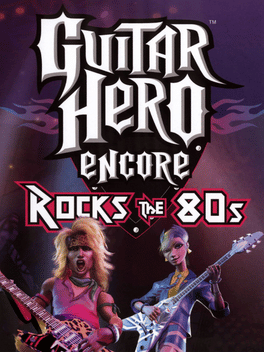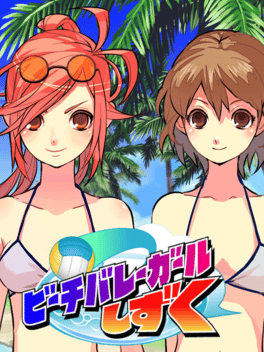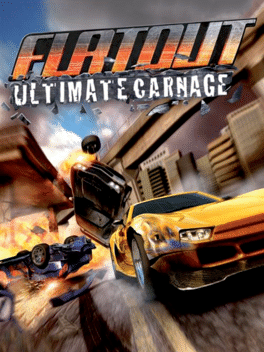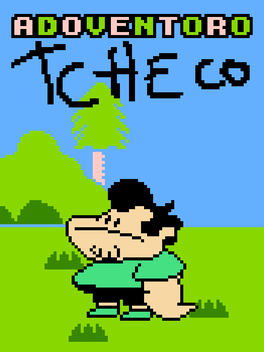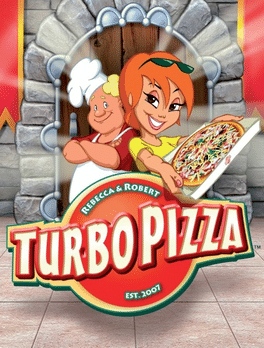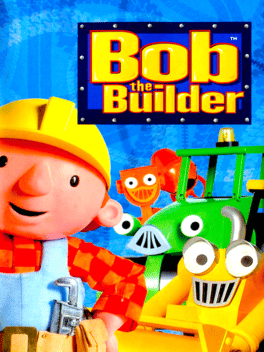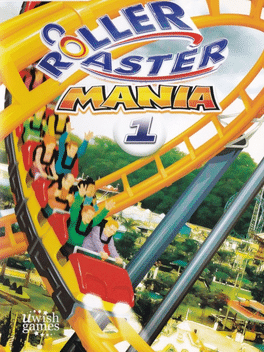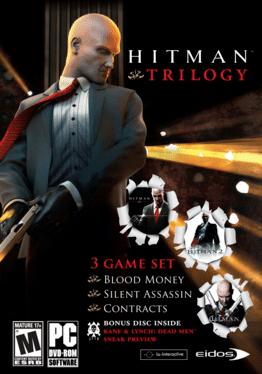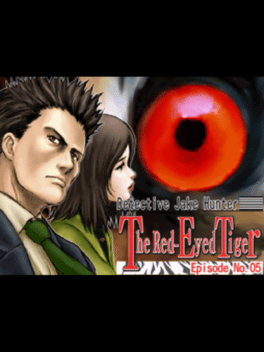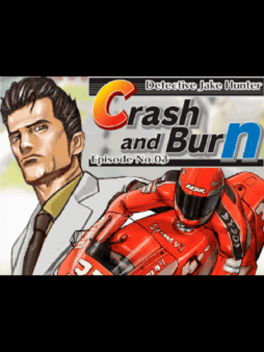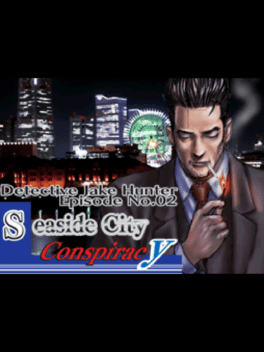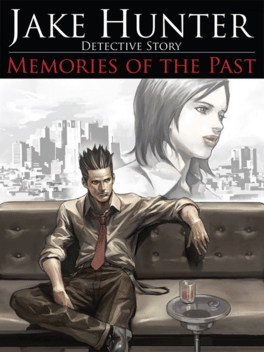New Games - Page 10104
-
Guitar Hero Encore: Rocks the 80s
2007
star 7Guitar Hero Encore: Rocks the 80s (titled Guitar Hero: Rocks the 80s in Europe) is a music rhythm game and the third installment in the popular Guitar Hero series. It was released in July 2007 in North America and Europe, and in August 2007 in Australia. Players use a guitar-shaped controller (purchased separately) to simulate playing rock music by hitting notes as they scroll towards the player. Rocks the 80s is an incremental title in the Guitar Hero series, rather than a full sequel. No changes in gameplay from Guitar Hero II have been introduced to this game. As implied by the game's title, the game features a 1980s theme, consisting of songs from the decade and playable characters, fashions, and artwork that reflect the time period. The game was not as well-received as the prior two Guitar Hero games, due to the lack of new gameplay features and reduced soundtrack. Rocks the 80s is the third and final title in the Guitar Hero series to be developed by Harmonix before they moved on to create Rock Band.[5] The -
Beach Volleyball Girl Shizuku
2007
This two-on-two beach volleyball game has players competing to be the best team possible.The core game is action-based, with a relatively fast pace and special over-the-top super moves for each character. Players can either play in a story mode, where they follow protagonist Shizuku's beach volleyball career, or practice matches against the CPU in a versus mode. A collection mode also lets players dress up the characters in the various swimsuits they've collected. -
Smileys War
2007
Smileys War
2007
Customise your smiley and join the fight in this epic platformer shooting game. Smileys War welcomes you with numerous features and gameplay options. -
NASCAR 08
2007
NASCAR 08
2007
star 5.4NASCAR 08 is the eleventh installment of the EA Sports NASCAR series. It was developed by EA Tiburon and released for PlayStation 2, PlayStation 3 and Xbox 360. This is the earliest that EA has released a NASCAR game. It also marks the first time the original Xbox has been excluded from the NASCAR lineup since NASCAR 2001. Tony Stewart is on the cover marking his third appearance on the cover of an EA Sports NASCAR game. The cover in the PAL region features Juan Pablo Montoya. NASCAR's new Car of Tomorrow as well as the current car are present in the game, although the Car of Tomorrow is generic (no separate manufacturers). ESPN's NASCAR coverage is also integrated into the game. Crew chief dialogue for the PS3 and 360 versions of the game was recorded by Chad Knaus. The Whelen Modified Tour is not included in the PS3 and 360 versions of the game, but is still present in the PS2 version. -
FlatOut: Ultimate Carnage
2007
star 7.9An enhanced version of the PlayStation 2 game FlatOut 2. It increased the number of cars in a race from 8 to 12. It added 5 new single player and 2 new multiplayer modes FlatOut Ultimate Carnage lifts destruction racing to a whole new level of bone-breaking slaughter. FlatOut Ultimate Carnage is arcade destruction racing at its best and most extreme with real world physics, three different game modes and offering players a wide variety of online and offline multiplayer options. -
Adoventoro Tcheco
2007
Adoventoro Tcheco
2007
A rom hack of Kero Kero Keroppi no Daibouken 2: Donuts Ike ha Oosawagi in giving rise to the now famous character Tcheco. -
Turbo Pizza
2007
Turbo Pizza
2007
Casual game, where the player controls the waitress and takes orders from customers and fullfils them. Game has a lot of challenging levels and you can customize/upgrage your pizza place. -
Super Xblox 360!
2007
Super Xblox 360!
2007
Rotate the sinking balls to earn a High Score! Enjoy 4 game modes, 4 unique power-ups, brand new configurations, and 4 original songs. Battle a friend head to head or compete with 3 others to see who is the best. Bearcat Coders - Matt Harbaugh, Greg Hill, Kurt Prenger. -
Bob the Builder
2007
Bob the Builder
2007
Bob the Builder is a licensed PS2 game that uses characters and art from the popular UK children TV show 'Bob the Builder'. The game was released bundled with the Eye Toy and it is central to game play. In between clips from the tv show the player hits on screen buttons via the motion control to play. For example hitting left right or jump to navigate an ATV down a country road. Cleaning the vehicles by waving your arms over their on screen position, and nailing sawing and drilling by similar methods. -
Polybius
2007
Polybius
2007
Polybius is a PC game based on the urban legend of the same name. The game is a recreation of what the game would've looked like if it were to exist. -
Fever Frenzy
2007
-
Roller Coaster Mania
2007
Roller Coaster Mania
2007
Roller Coaster Mania is a single player, mouse controlled game in which the player builds and rides roller coasters. Navigation through the game is mouse controlled and is greatly simplified. The main menu, for example has just three icons, build a roller coaster; ride a pre-made roller coaster; and exit to windows. The build screen is equally simple with three panels in which the player chooses one of the five locations, one of the three styles of coaster each of which has four styles of carriage . When building a coaster the player selects a track section from the menu and places it onto the active end of the build with the mouse. The game automatically adjusts the pieces of track available depending on the piece that was previously laid and the terrain. Sometimes the player will find that the game offers no track pieces at all, this is usually because the track is about to go through landscape, another section of track, or because the terrain makes it impossible to position the track supports. Once a cir -
Hitman Trilogy
2007
Hitman Trilogy
2007
star 7Experience the hit series in one killer package. Critically acclaimed and controversial, become Agent 47, the perfect Hitman, in three incredible games. Includes: Hitman Blood Money, Hitman 2: Silent Assassins, and Hitman Contracts. Master the tools of the trade – high-powered weapons, everyday objects and disguises. Strike instantly or take your time. No rules. Just a contract signed in blood. Also includes a special preview for Kane & Lynch: Dead Men from the makers of Hitman.

